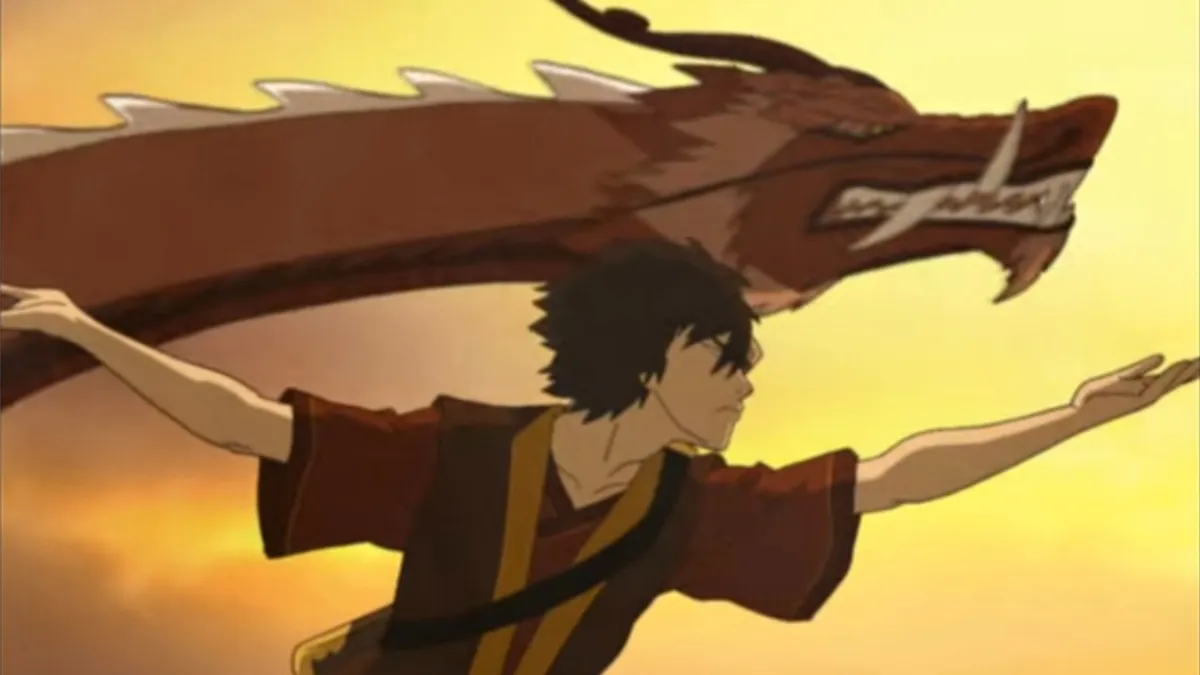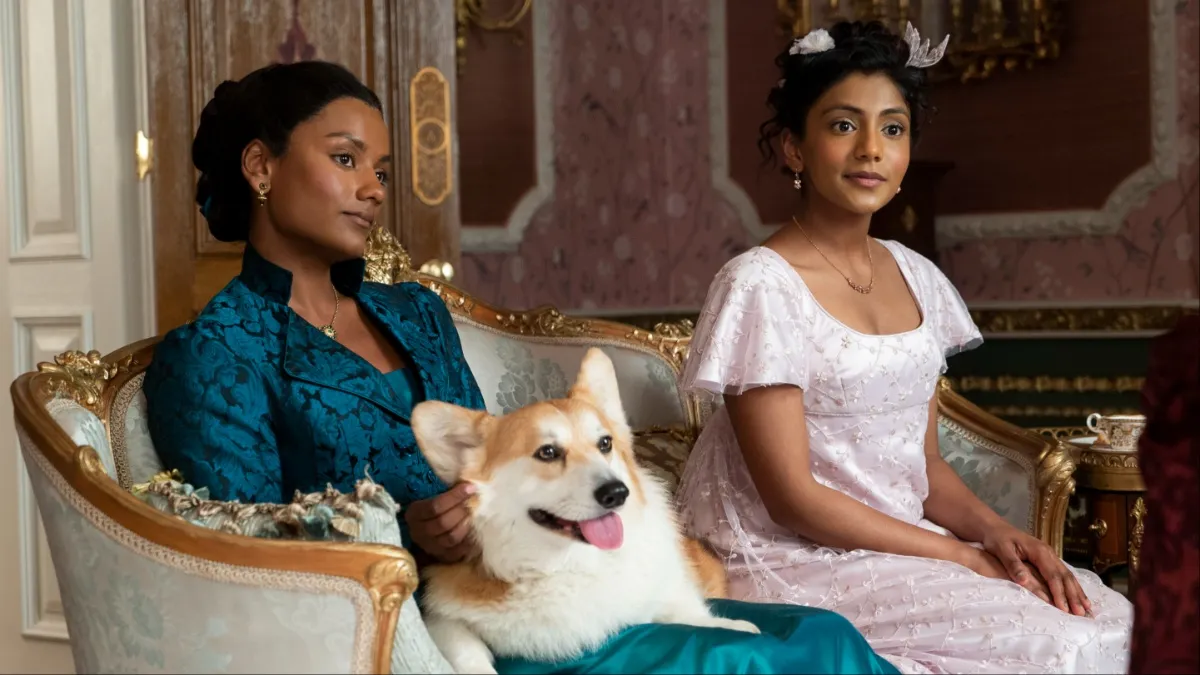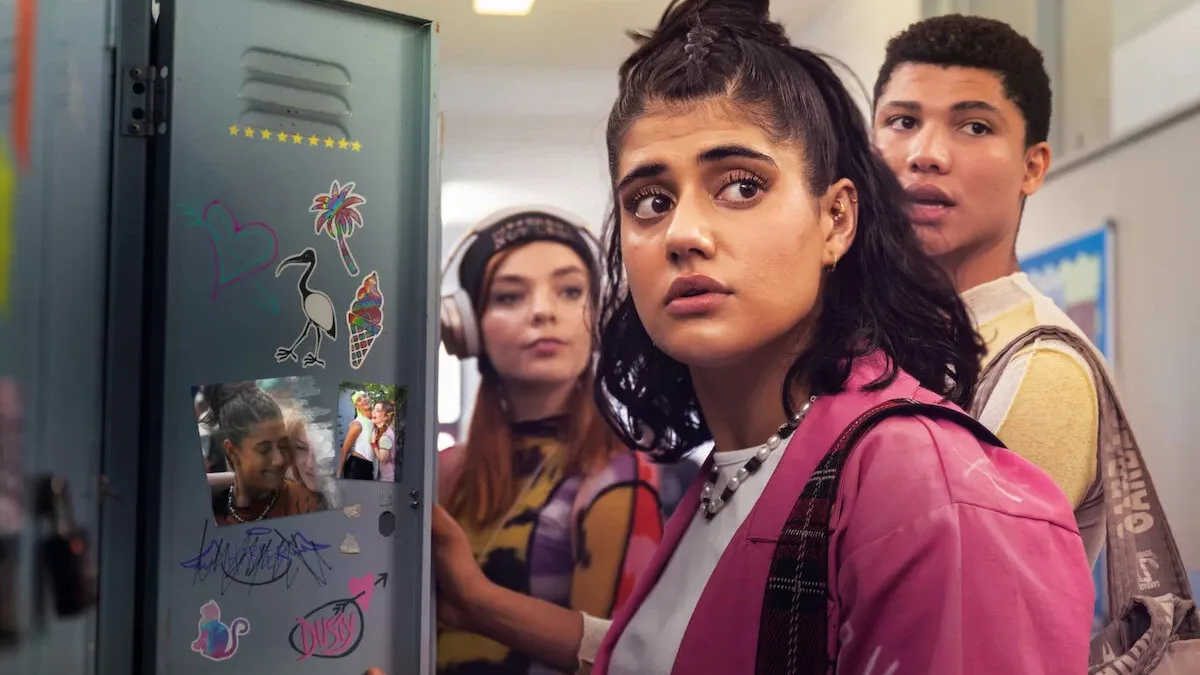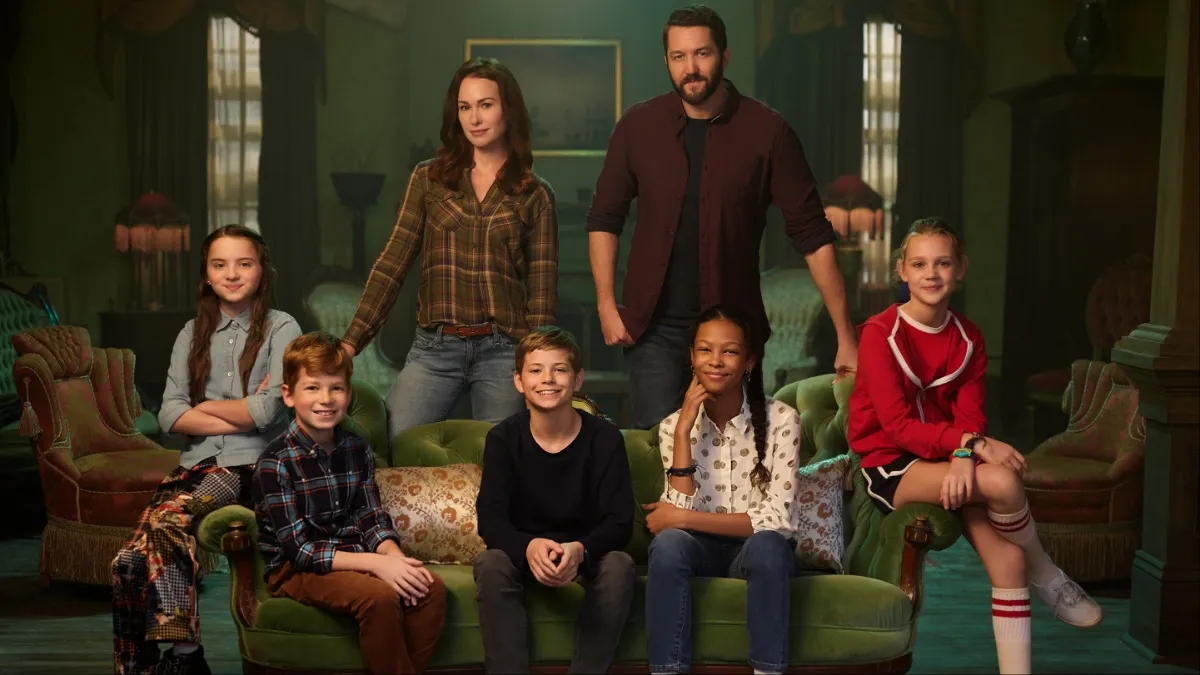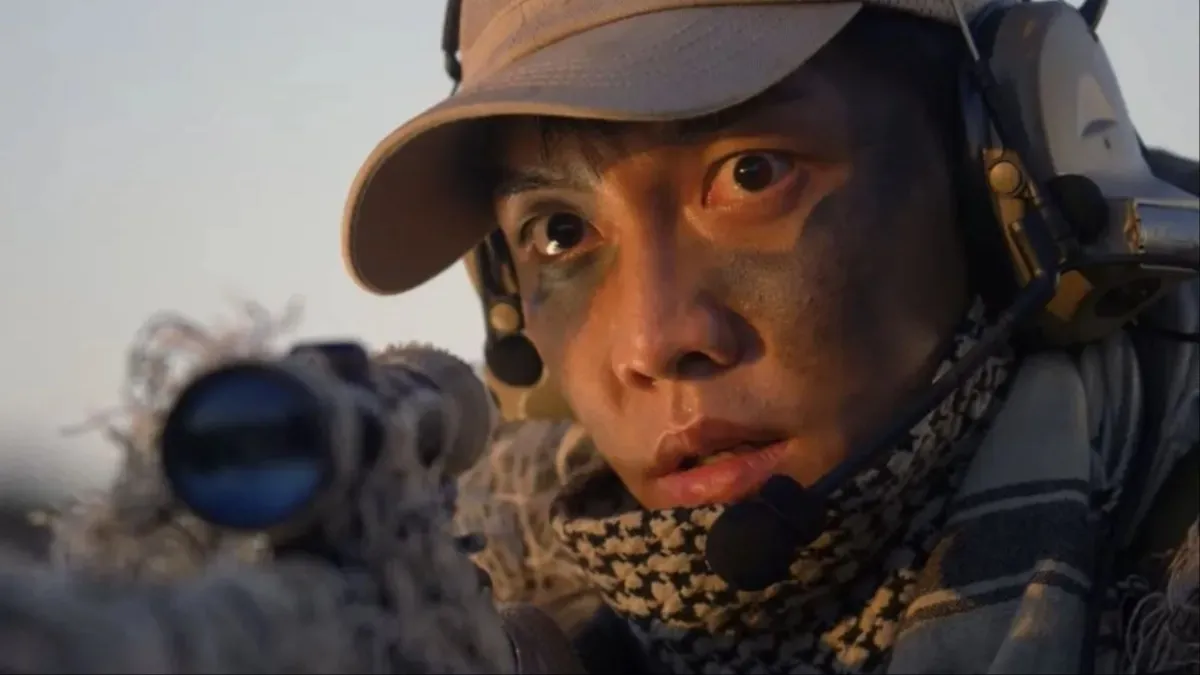Avatar: The Last Airbender is known for its rich Asian-inspired world-building, epic storytelling, fantastic character development, and characters who can manipulate the elements through an art form known as “bending.” But did you know that the show’s bending is all based on real martial arts techniques?
The world of Avatar: The Last Airbender is hugely inspired by Asian and Indigenous people’s cultures. In this regard, a hugely important aspect for creators Michael DiMartino and Bryan Konietzko was that the animation’s martial arts were as authentic as possible. To achieve this they brought in a master of the Northern Shaolin style of martial arts, Sifu Kisu, to help them determine which martial arts style belonged to which elements.
Sifu Kisu, who is also trained in Tae Kwon Do, Karate, and Jujitsu, worked on all 61 episodes of the show to ensure the fighting styles were spot on, choreographing each fight scene and then enacting it so the animators had a reference to work from. The result was a show with such phenomenal fight scene choreography that it inspired hundreds (myself included) to take up martial arts.
So let’s now take a look at what those martial arts are and how they chose them in accordance with each bending practice.
Airbending: Baguazhang
Baguazhang is a traditional Chinese martial art, and this is the one we see Aang use in the series, given that he is the last airbender. It is one of the three martial arts styles to hail from the Wudang School, along with Tai Chi and Xingyiquan. All three are considered internal martial arts, as they focus not only on the physical but on the spiritual and mental related aspects.
This style is also known as its literal translation “Eight Trigram Palm” and is based on 8 palm change practices whilst keeping a certain posture and walking in a circle. We see this a lot in Aang’s fighting style as he circles around opponents, evading their strikes. We also see this in Legend of Korra, with airbenders using this technique to create whirlwinds.
The idea of this technique is to evade and encircle your opponent using a circular motion, much like how a gust of wind can pick up and spin debris around in the air, making it a great pick for airbendending.
Fun Fact: Baguazhang is also the martial art used by Shang Chi’s mother and her people in the Marvel Cinematic Universe’s Shang Chi and the Legend of the Ten Rings and by the Hyuga clan in Naruto.
Firebending: Northern Shaolin
Firebending is about power and ferocity, and for this element, Sifu Kisu opted for one of his main styles, Northern Shaolin. It originates from the original Shaolin Monastery in Henan, China, where monks would train with staffs and spears before transitioning to unarmed combat. Compared to the internal martial arts of airbending, this form focuses more on the external, the physicality of the martial art.
Northern Shaolin is one of the most widely used and prominent forms of traditional Chinese martial arts and is noted for its aggressive attacks, fast kicks and leaps, whirling circular hand motions, wide stances, and agility. It’s also known for long-range attacks, which we see when firebenders expel fire at a distance.
Fun Fact: This is the main style adopted by Shang Chi in Shang Chi and the Legend of the Ten Rings.
Earthbending: Hung Gar Kuen
This is a Southern Chinese martial art and is notable for its low, wide stances known as horse stance or “si ping ma” (these broke me in training), as well as strong hand techniques. It’s a grueling technique with students spending years just working on these stances. It is also notable for its strong steps from left to right and long and short-range fists, as well as a notable use of low kicks, to knock your opponent off balance.
The techniques are based on the five animals of Shaolin (tiger, crane, leopard, snake, and dragon) and the five elements of Chinese cosmology (water, earth, fire, metal, and wood). Though it focuses heavily on the external aspects of Kung Fu, students are taught internal practices, as well.
Because of the low stances that keep one better rooted, as well as the strong and deliberate strikes, this makes Hung Gar Kuen a great martial art for earthbenders, who, like the earth, are solid as a rock and difficult to move.
Fun Fact: This is the style adopted by Wenwu in Shang Chi and the Legend of the Ten Rings, as well as the Furious Five and Po in Kung Fu Panda.
Toph’s Earthbending: Chu Gar
The supreme master of earthbending, Toph Beifong, does things her own way and uses a different style of Southern Chinese martial arts known as Chu Gar, or Praying Mantis style. It differs from Hung Gar Kuen in that the stances are narrower and higher, allowing her more agility and to fight in close combat, with a particular emphasis on hand-to-hand combat with arm and hand strikes.
Toph uses her hands to slice and strike, explode her fingers from within her fist, and hook and deflect using her wrists and palms, turning around anyone who may be stupid enough to take her head on.
Waterbending: Tai Chi
Waterbending is all about the push and pull of the water, the tides, and the fluid nature of that element, for this, the perfect martial art is Tai Chi. It is a system of fist fighting that focuses on yin and yang, polarities that work in harmony.
In Tai Chi, you connect to and feel your opponent’s energy and work to throw them off balance through push and pull, repel and rollback. The main difference between waterbending and Tai Chi is that Tai Chi is usually done in close contact with your opponent, whereas waterbending utilizes water to strike from a long distance.
As shown in the series, waterbending has healing properties, something that Tai Chi is also said to have. It is a very internal martial art and focuses on the flow of energy, “qi,” in your body, working as a form of gentle exercise and meditation.
Netflix’s live-action adaptation should help bring these martial arts to life even further, with some of the actors having had martial arts experience already. Dallas Liu, who plays Zuko, is an accomplished martial artist and has already appeared in martial arts roles in the past.
Other actors also have a certain level of martial arts, gymnastics, and dance experience, meaning they can bring a physicality to their roles that is so important. Gordon Cormier, who’s playing Aang, is quite the skateboarder and has Tae Kwon Do experience, too, so I look forward to seeing what air glider tricks he can show off!
(featured image: Nickelodeon)



